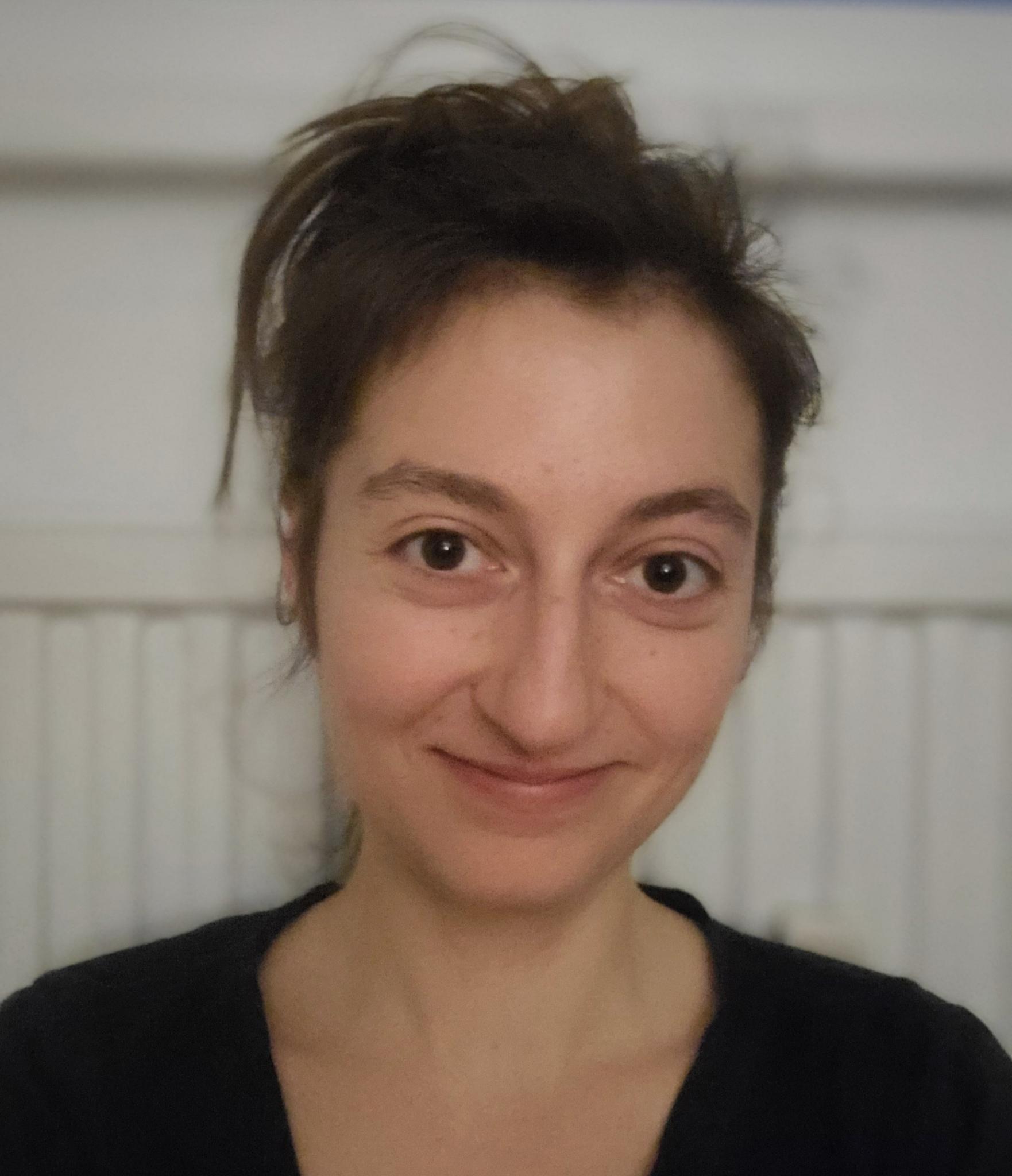
Welcome!
Through my research, I seek to understand how sensory and cognitive systems evolve and are shaped by environmental characteristics, with a particular focus on how animals perceive and respond to visual stimuli. I am interested both in cortical and perceptual processing and in behavioural and evolutionary outcomes of species’ ecological constraints. I draw upon theories and methods developed in cognitive neuroscience and evolutionary biology and use a combination of behavioural experiments, computer vision tools, and machine/deep learning algorithms to address these questions in several species, including human and non−human primates, fishes, and birds. Besides conducting my projects, I strongly emphasise collaborative research as I believe this helps overcome frequent challenges in the study of animal behaviour and cognition, such as limited sample sizes, number of studied species, or methodological biases.
Current affiliations:
- Postdoctoral researcher in the Fusani Lab at the University of Veterinary Medicine in Vienna (KLIVV), Austria
- Senior Research Fellow at the University of Vienna (BeCogBio Department)
- Member of the Data Science @ Uni Vienna research network
🌱 For your preprints, consider submitting your work to EcoEvoRxiv, the official preprint server of SORTEE, the Society for Open, Reliable, and Transparent Ecology and Evolutionary biology.
